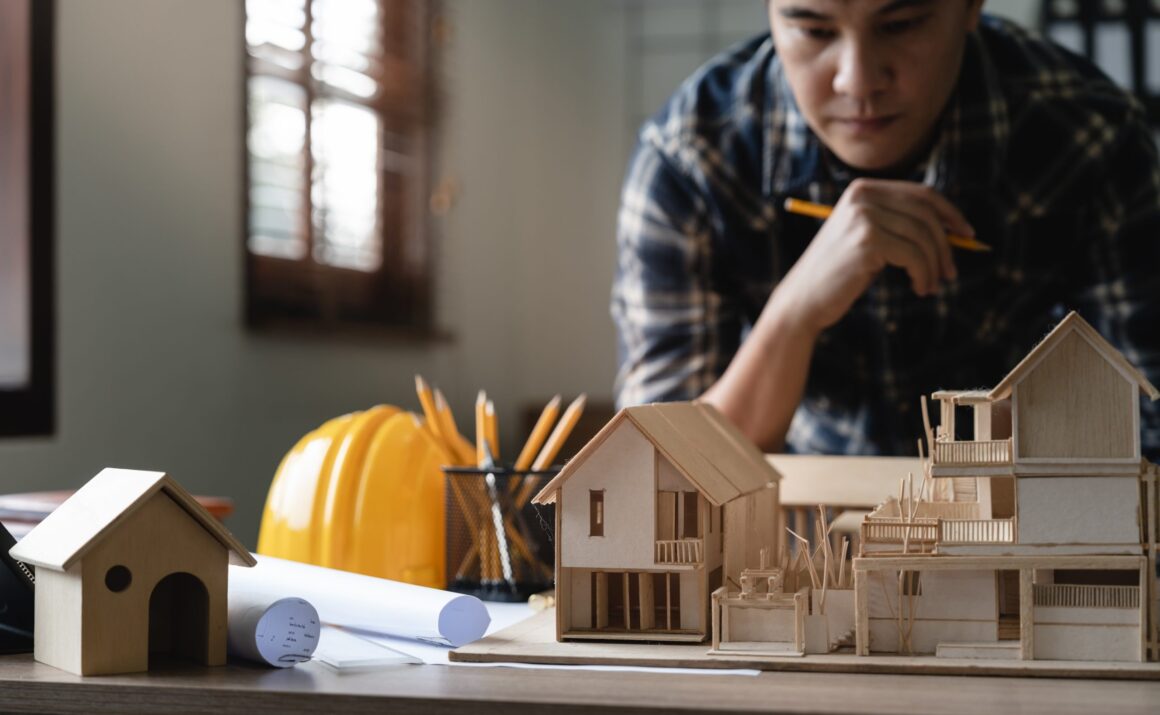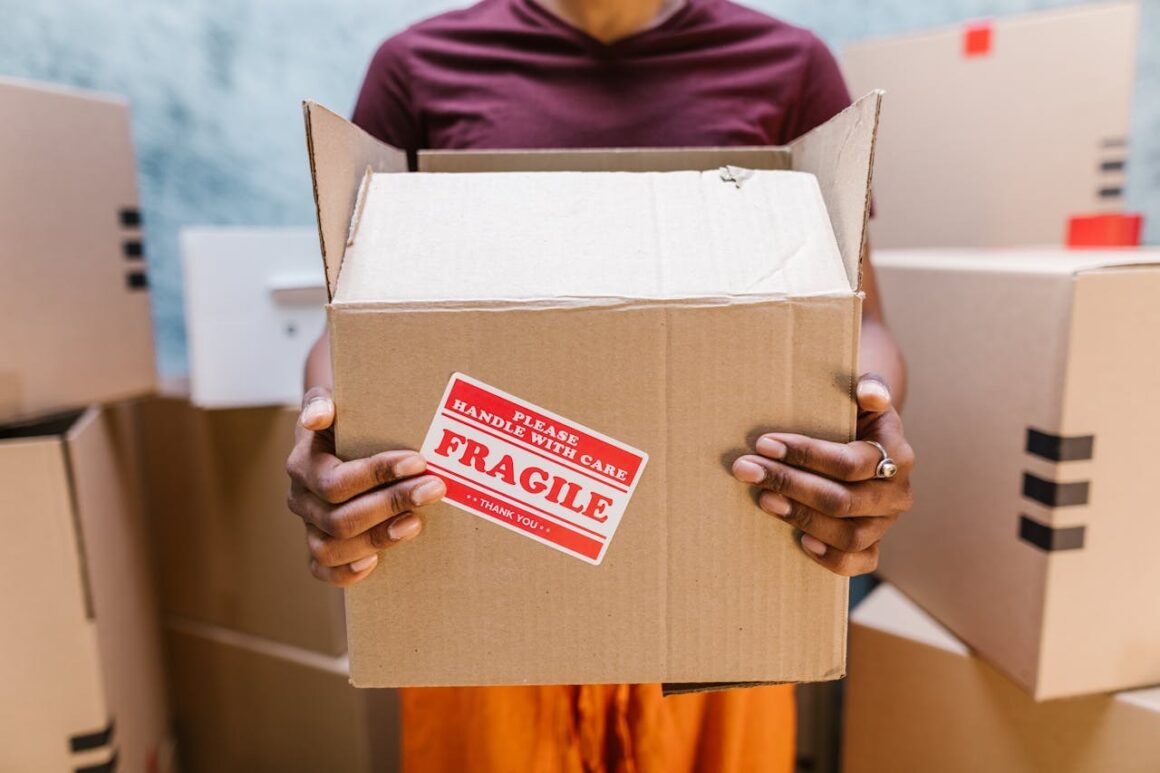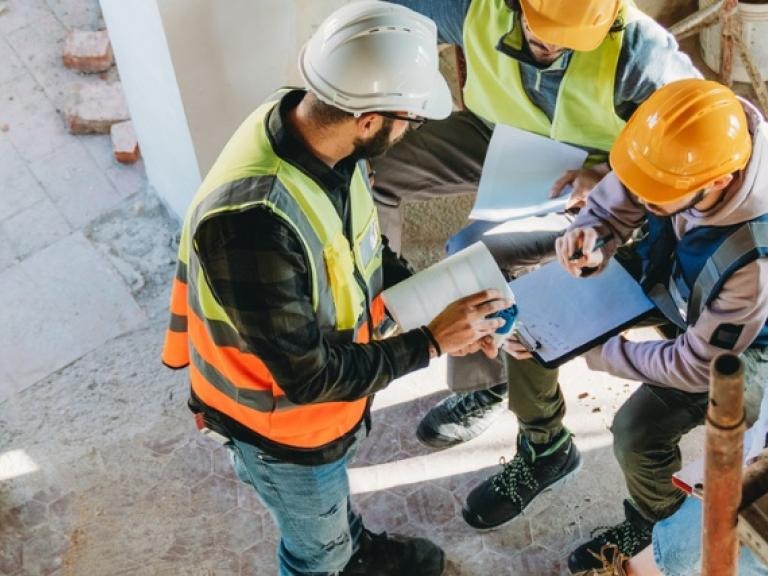Home improvement projects can be a wonderful way to breathe new life into a property, whether you’re creating extra space for a growing family, modernising tired rooms or simply adding value for the future.
But while it’s easy to focus on plans for your dream kitchen or that loft conversion you’ve been waiting years to start, it’s just as important to think about how you’ll keep your existing possessions safe while the work is carried out.
Building work brings with it a lot of upheaval. Contractors and tradespeople will be coming and going, rooms will be turned into work zones, and dust and debris can spread further than you’d ever expect. On top of this, any time a home is open to more people, there’s an increased risk of accidental damage or loss. From heirloom furniture to expensive gadgets and everyday essentials, it pays to have a proper plan in place to protect the things you value most.
Understand the Risks

Before your project begins, it’s worth being clear about the main risks to your belongings during building work. Dust is one of the most common culprits. Even with the best intentions, fine particles can find their way into rooms you thought were sealed off. This can cause damage to soft furnishings, electronics and artwork that might be hard to restore.
Accidental knocks and scrapes are also surprisingly common. When large pieces of equipment are being carried through your home or materials are stored in hallways and living spaces, there’s a good chance that furniture, floors and walls can take a few knocks. Misplaced tools, spills of paint or plaster, and dropped items can cause damage that sometimes isn’t obvious until the work is complete.
Another factor to consider is theft. While most reputable contractors are trustworthy, the increased number of people accessing your home during the day can raise the risk of items going missing. Smaller valuables like jewellery, electronics or cash can be tempting targets if they’re left lying around.
Check Your Home Insurance

One of the first steps to take is to review your home insurance policy before any building work starts. Many homeowners assume their existing contents insurance automatically covers damage or loss during renovations, but this isn’t always the case.
Most standard policies have exclusions when it comes to building work, especially if the project is significant or involves structural changes. Some insurers require you to inform them if your house will be left unsecured or unoccupied for any length of time. Failing to update your insurer could result in a claim being rejected if something does go wrong.
If you’re not sure, call your insurer to discuss your plans. They can let you know whether you’ll need to adjust your cover or take out additional insurance for the duration of the project. For bigger renovations, your builder may have their own insurance, but this usually covers damage they cause directly to the structure of your home, not your personal belongings.
Create a Safe Zone
One of the simplest and most practical ways to protect your possessions is to create a safe zone in your home. Before work begins, identify one or two rooms that won’t be affected by the building work. Ideally, these should be as far away as possible from the main work area.
Once you’ve chosen your safe zone, move your most valuable and fragile items there. Think about important documents, sentimental keepsakes, valuable jewellery and any portable electronics that could be easily damaged or misplaced. Lock these rooms if possible, or make sure access is clearly restricted so contractors don’t use them for storage or as a walkway.
Creating a clear separation between work areas and living spaces helps reduce the risk of accidental damage and gives you peace of mind that your belongings are secure.
Put Items in Storage

For larger renovations or when you simply don’t have enough space in your home, using external storage can be a sensible option. Many homeowners find that moving furniture and valuables to a secure storage facility for a few weeks or months is worth the cost for the peace of mind it brings.
When choosing a storage provider, look for reputable companies that offer secure, climate-controlled units. This helps protect delicate items like wooden furniture, artwork and electronics from moisture damage. Make an inventory of everything you put into storage so you can keep track of your possessions.
Some people also choose to hire a storage container that can sit on their driveway if space allows. This can be convenient for items you might need to access during the project, but make sure it’s secure and weatherproof.
Cover and Protect What Stays
Not everything can be packed away. Larger pieces of furniture, built-in units and fixed items might need to stay in place during building work. In these cases, take steps to cover and protect them properly.
Heavy-duty dust sheets and plastic sheeting can go a long way to keeping dust and debris at bay. For furniture, use protective covers that are designed to handle paint splashes or accidental knocks. Taping plastic sheeting over doorways can also help reduce how far dust travels through the house.
Floors deserve special attention too. Hardwood, tiles and carpets can all suffer damage from heavy boots, dropped tools and spills. Use floor protection rolls or boards to create a tough barrier that can handle daily foot traffic. Make sure any protective coverings are securely taped down to avoid creating trip hazards.
Talk to Your Builder

Clear communication with your builder or contractor is key to minimising damage to your belongings. Before work begins, walk them through your home and point out any items or areas that need special care. Agree on how they’ll protect your property — for example, by using dust barriers, covering floors and carefully moving materials in and out.
Reputable builders understand how important your possessions are and will usually be happy to work with you to keep them safe. If you’re hiring subcontractors for different parts of the job, make sure they’re also briefed on how to treat your home with care.
It’s also worth confirming what insurance your builder carries. Good builders will have public liability insurance, which covers accidental damage they might cause to your property. However, this usually doesn’t extend to your personal possessions, so you may still need to rely on your own contents insurance for full cover.
Keep Valuables Secure
While it might sound obvious, the easiest way to keep small valuables safe during building work is to remove them from the property entirely. Jewellery, cash, expensive electronics and important paperwork are all safer in a secure place outside the home.
If you don’t want to pay for full storage, consider using a safe deposit box for your most valuable items. Some homeowners even choose to keep smaller items with trusted family or friends until the work is done.
It’s not just about theft — removing valuables means you don’t have to worry about accidental loss or damage when the house is bustling with people and equipment.
Maintain Access Control

Another practical step is to limit who has access to your home and when. If you’re using multiple tradespeople, try to keep track of who’s on site each day. It’s sensible to keep a log of keys given out to contractors and ensure they’re returned at the end of the job.
Some homeowners choose to use a lockbox with a changing code for contractors, which means you don’t have to hand out multiple copies of your house keys. If you’re away while work is being done, it’s wise to pop in regularly or arrange for a neighbour to keep an eye on things.
Don’t Forget Outdoor Belongings
Many building projects involve outdoor areas, and it’s easy to forget how exposed garden furniture, ornaments and equipment can be. Before work starts, move anything that could get in the way or be damaged by heavy machinery, deliveries or scaffolding.
Store garden furniture in a shed or garage if possible. For items that have to stay outside, consider using weatherproof covers or relocating them to a quieter part of the garden.
Check for Special Requirements

Some belongings need extra care because they’re particularly fragile or sensitive. For example, musical instruments, artworks and antiques can be more easily damaged by dust, moisture or changes in temperature. If you have specialist items, you might want to speak to an expert about how best to protect or store them.
Likewise, if you run a business from home and keep work-related items or stock there, make sure you’re aware of any specific insurance requirements. This applies to anything from valuable tools to high-end equipment. Some people compare this extra layer of protection to how Sport Insurance is tailored for unique risks — the principle is the same: specialist items often need specialist cover.
Take Photos Before Work Begins
One final but valuable step is to take photos of your home and belongings before any work starts. This creates a clear record of the condition of your possessions and your property. Should you ever need to make a claim on your insurance, having dated photos can make the process much smoother.
Include close-ups of valuable items, delicate furniture, floors and anything else that might be at risk. Keep these photos somewhere safe, along with any receipts or valuations that could help support a claim if something goes wrong.
Peace of Mind While You Improve Your Home
Protecting your belongings during building work doesn’t have to be complicated, but it does require a bit of planning and good communication. By reviewing your insurance, setting up safe storage and working closely with your builder, you’ll help ensure your possessions come through your project in the same condition they went in — ready for you to enjoy your newly improved space when the dust finally settles.

